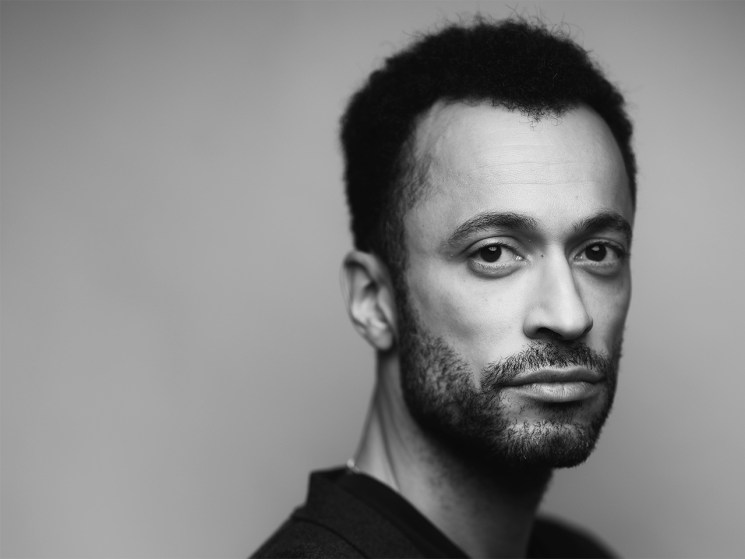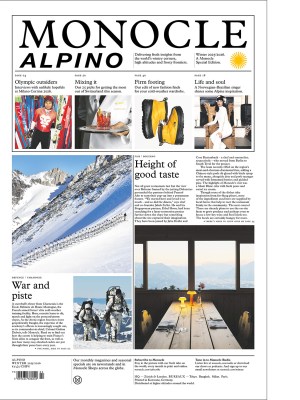trump
Latest
Trump’s new National Security Strategy picks a side. Hint: it’s not Europe’s
The White House has released a new 33-page National Security Strategy that formalises the Trump administration’s foreign policy and should leave no one in doubt, least of all Europe.
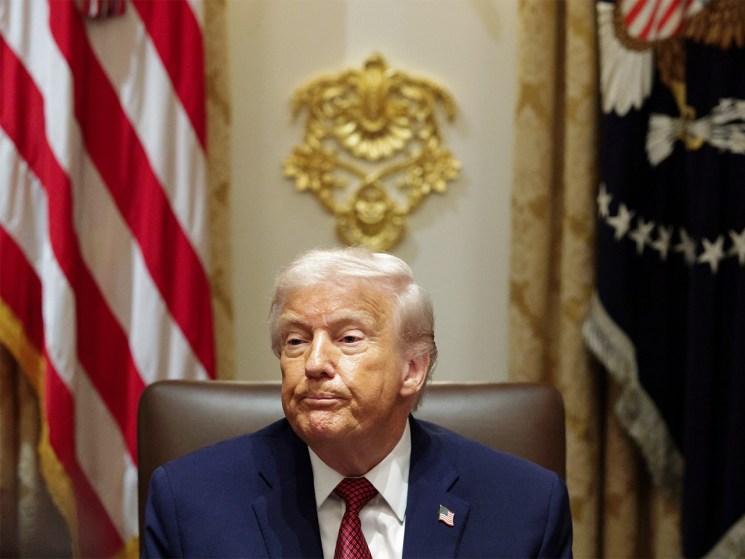
Brazil 2026 forecast: Real progress in store as Lula gets set to run again
As 2025 draws to a close, Luiz Inácio Lula da Silva is riding high. Indeed, the Brazilian president is probably looking ahead to next year – an election year – with relish. In 2025,…
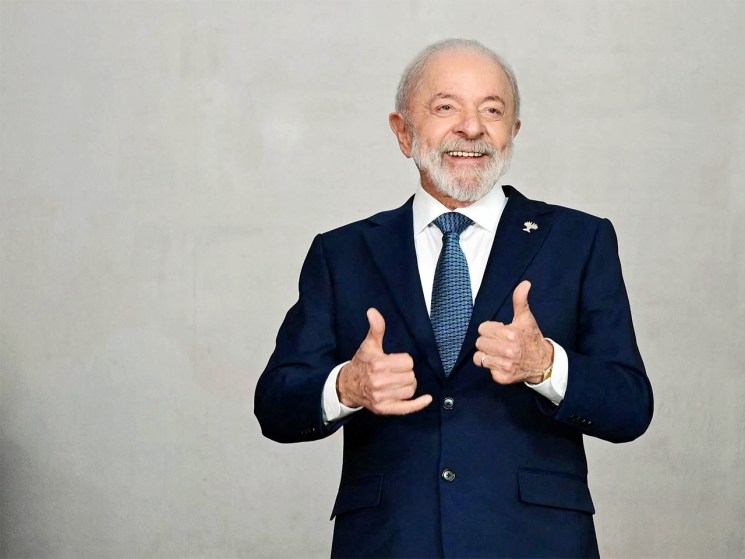
Fifa’s shamelessness is its superpower – it only has one goal in mind
Football’s governing body, Fifa, is no stranger to fostering ties with problematic world leaders and controversial governments – but the 2026 World Cup might just be its most flagrant fawning to date.
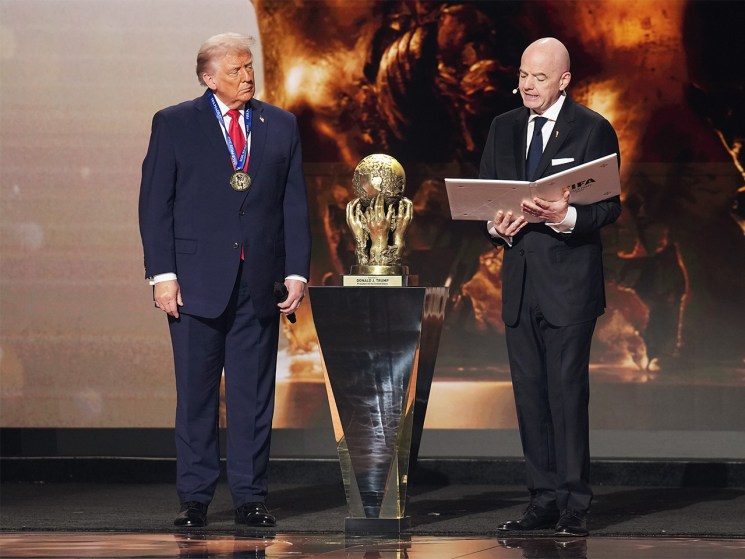
When it comes to Dulles airport, Trump might actually have a point
I found myself in the unusual position of nodding along in enthusiastic agreement with the aesthetic tastes of US president Donald Trump last week. This was unusual. We all have our own personal style…

How Karoline Leavitt became the world’s most famous White House press secretary
Among the long line of presidential press secretaries, a role not usually known for celebrity, few are in a league of their own – and none have captured the world’s attention quite like Leavitt.
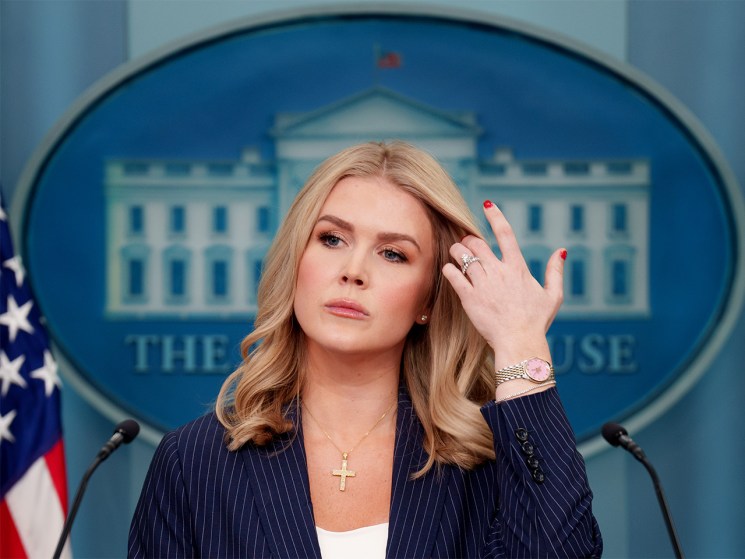
Why the Epstein files could spell the beginning of the end for Maga and Trump
The release of the Epstein files might not be the end for Trump or even the beginning of the end but, just maybe, the end of the beginning.
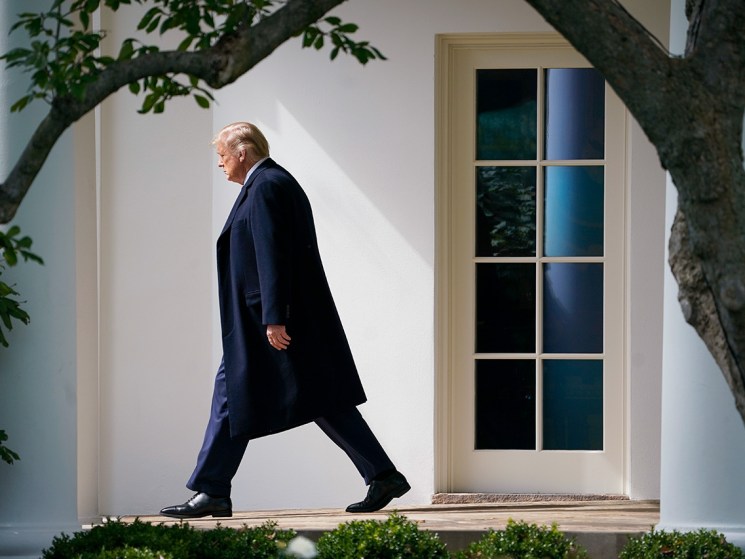
From pageants to politics: Erika Kirk’s rise as the new face of the Maga movement
Nothing makes a politician more potent – and palatable – than a strong dose of improbability. And no political figure in the US was as improbable as Erika Kirk. Barely a month ago, the…
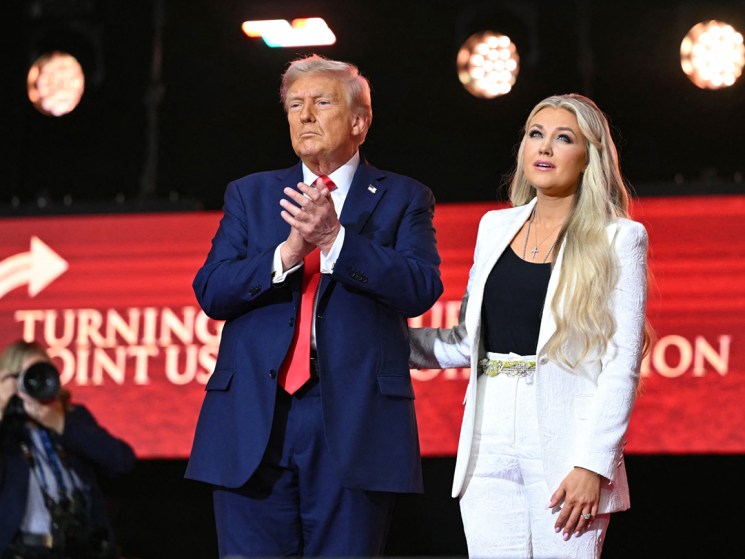
US mayors have a chance to keep the White House at bay – but they must be more vocal
The eternal internal conflict of the US is often delineated as between the federal government and the states. “States’ rights” regularly serve as a battle cry for the kind of conservatives – including, up…

Author Thomas Chatterton Williams on the backfiring of identity politics and the unravelling of America
In his latest release, Williams warns readers against the risks of identity-centred movements led by both the right and left. We speak to him about his book and how to address a fractured democracy.
